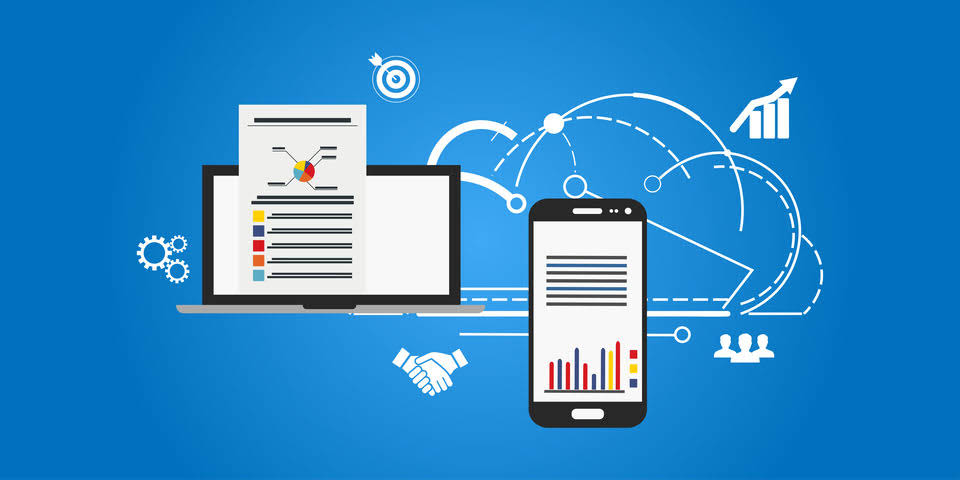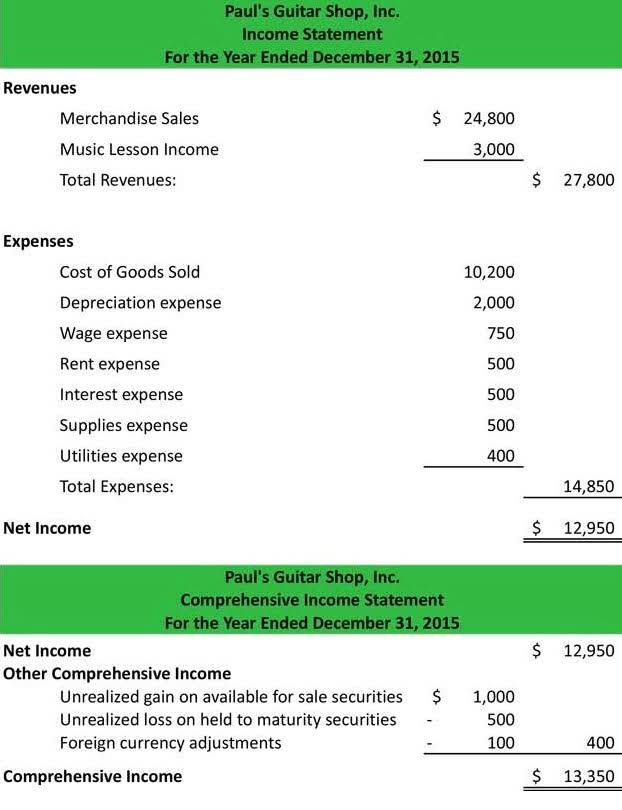
Looking at a single balance sheet by itself may make it difficult to extract whether a company is performing well. For example, imagine a company reports $1,000,000 of cash on hand at the end of the month. Without context, a comparative point, knowledge of its previous cash balance, and an understanding of industry operating demands, knowing how much cash on hand a company has yields limited value. On a more granular level, the fundamentals of financial accounting can shed light on the performance of individual departments, teams, and projects.
Why Is a Balance Sheet Important?

This may include current payments on long-term loans (like monthly mortgage payments) and client deposits. They can also include loan interest, salaries and wages payable, and funds owed to suppliers or utility bills. All short-term liabilities are financial obligations due within a year or less. Some examples of short-term liability include credit card debt, insurance premiums payable, payroll taxes, or staff wages. As you can see, assets equal the sum of liabilities and owner’s equity.
- Creditors have preferential rights over the assets of the business, and so it is appropriate to place liabilities before the capital or owner’s equity in the equation.
- The accounting equation ensures that the balance sheet remains balanced.
- These are some simple examples, but even the most complicated transactions can be recorded in a similar way.
- An error in transaction analysis could result in incorrect financial statements.
- Sandra’s areas of focus include advising real estate agents, brokers, and investors.
What is your current financial priority?
Then, current and fixed assets are subtotaled and finally totaled together. Understanding your company’s liabilities will give you the full story behind your company’s finances and how much total debt you’ve incurred. This equation matches the value of the assets the company has reported, so the books are balanced.
Make a Balance Sheet
- The difference between the $400 income and $250 cost of sales represents a profit of $150.
- Take self-paced courses to master the fundamentals of finance and connect with like-minded individuals.
- Identifiable intangible assets include patents, licenses, and secret formulas.
- Property, Plant, and Equipment (also known as PP&E) capture the company’s tangible fixed assets.
- The fundamental accounting equation, also called the balance sheet equation, is the foundation for the double-entry bookkeeping system and the cornerstone of the entire accounting science.
- Capital essentially represents how much the owners have invested into the business along with any accumulated retained profits or losses.
Additional paid-in capital or capital surplus represents the amount shareholders have invested in excess of the common or preferred stock accounts, which are based on par value rather than market price. Shareholder equity is not directly related to a company’s market capitalization. The latter is based on the current price of a stock, while paid-in capital is the sum of the equity that has been purchased at any price. A liability is any money that a company owes to outside parties, from bills it has to pay to suppliers to interest on bonds issued to creditors to rent, utilities and salaries.
- Receivables arise when a company provides a service or sells a product to someone on credit.
- Refer to the chart of accounts illustrated in the previous section.
- As you can see, no matter what the transaction is, the accounting equation will always balance because each transaction has a dual aspect.
- Does the stockholders’ equity total mean the business is worth $720,000?
- While dividends DO reduce retained earnings, dividends are not an expense for the company.
Assets, Liabilities, And Equity
Profits retained in the business will increase capital and losses will decrease capital. The accounting equation will always balance because the dual aspect of accounting for income and expenses will result assets and liabilities equation in equal increases or decreases to assets or liabilities. Accounting equation describes that the total value of assets of a business entity is always equal to its liabilities plus owner’s equity.
How the Balance Sheet is Structured

While the financial landscape continues to evolve and undergo dynamic changes, a key foundational element that continues to guide accounting processes across industries is the accounting equation. Acting as the cornerstone for financial statements, it holds the key in enabling us to understand the financial health of an organization. Public companies, on the other hand, are required to obtain external audits by public accountants, and must also ensure that their books are kept to a much higher standard.
- In this article, we help you to become more familiar with the overall structure of the balance sheet.
- They are divided into current assets, which can be converted to cash in one year or less; and non-current or long-term assets, which cannot.
- For example, although the land cost $125,000, Edelweiss Corporation’s balance sheet does not report its current worth.
- The balance sheet reports the assets, liabilities, and owner’s (stockholders’) equity at a specific point in time, such as December 31.
Equity Component of the Accounting Equation
As expected, the sum of liabilities and equity is equal to $9350, matching the total value of assets. So, as long as you account for everything correctly, the accounting equation will always balance no matter how many transactions are involved. The accounting equation’s left side represents everything a business has (assets), and the right side shows what a business owes to creditors and owners (liabilities and equity). In above example, we have observed the impact of twelve different transactions on accounting equation. Notice that each transaction changes the dollar value of at least one of the basic elements of equation (i.e., assets, liabilities and owner’s equity) but the equation as a whole does not lose its balance.

